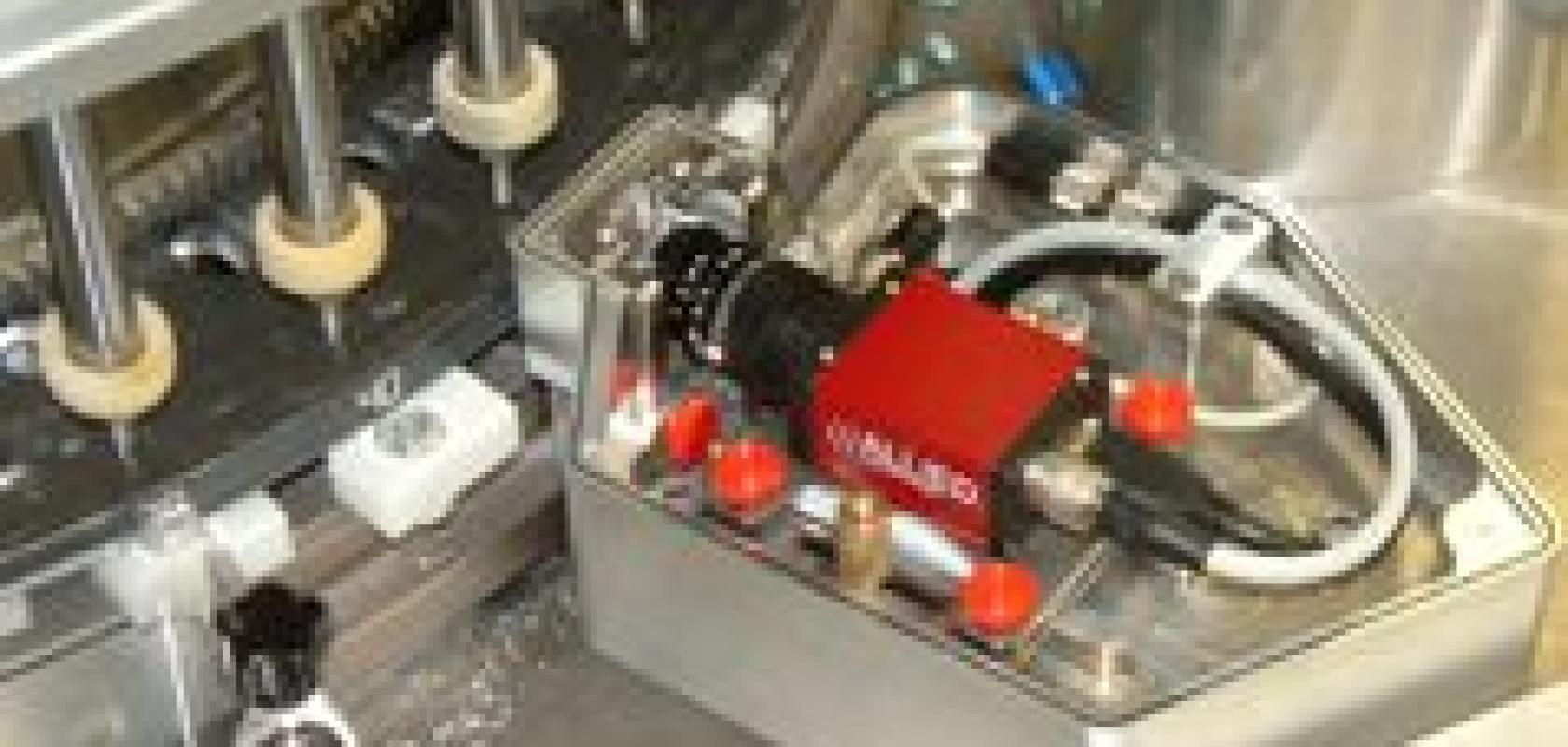Pharmaceutical corporation Boehringer Ingelheim has installed a vision systems providing 100 per cent testing of medication capsules.
At its main location in Ingelheim, Germany, Boehringer Ingelheim designed an optical testing facility to ensure exactly 5.5mg of powder medication, used to treat respiratory disease, is loaded into gelatine capsules. The system was developed in-house under the direction of Dr Peter Stöckel, a senior scientist at Boerhinger, and uses digital cameras from Allied Vision Technologies (AVT).
The most important challenge for the testing mechanism is speed. 'At an output of 80,000 capsules per hour, one capsule leaves the filling machine every 45ms – put another way, the capsules move at a speed of 1.5m/s,' said Dr Stöckel. For the camera, this means that 22 capsules per second must be captured. To avoid motion blurring, the exposure time cannot exceed 80µs.
According to Dr Stöckel, the AVT Marlin camera meets these tough requirements fully and completely. 'We're very satisfied with the Allied Vision Technologies camera. In continuous operation, it gives us sharp images that are indispensible for reliable evaluation.'
The system was positioned in the assembly process after the filling and before the sealing of the capsules. After filling, the content of each still-open capsule is imaged from above. The filling machine's clock pulse triggers a Marlin F-046B camera from AVT and its dedicated LED flash unit, not via the PC, but rather directly via the camera's external trigger input. The half-capsule is then illuminated from below using a high-intensity LED. Since the camera cannot be housed over the capsules that are travelling past, it captures their contents via a tilted mirror on the side.
Image analysis was internally programmed by Boehringer Ingelheim based on NI LabView 7.1 by National Instruments. After the capsule has been localised within the image, the imaging software first tests whether it contains powder at all. If so, then it analyses the silhouette of the powder cylinder to derive the volumes and amounts of the active ingredient. If a capsule is identified as defective, it rejected by a SPS-controlled air jet.
The imaging system has successfully been installed on several machines in series production. 'We are especially proud to have developed this innovative testing procedure in-house, in cooperation with Allied Vision Technologies and National Instruments,' commented Dr Stöckel.


